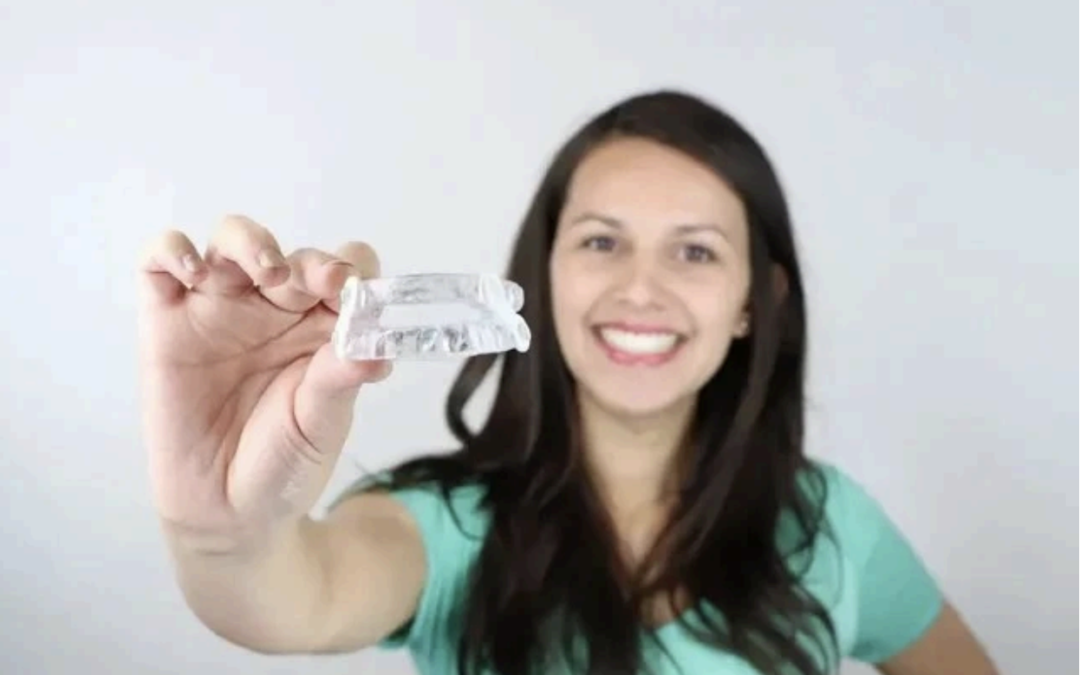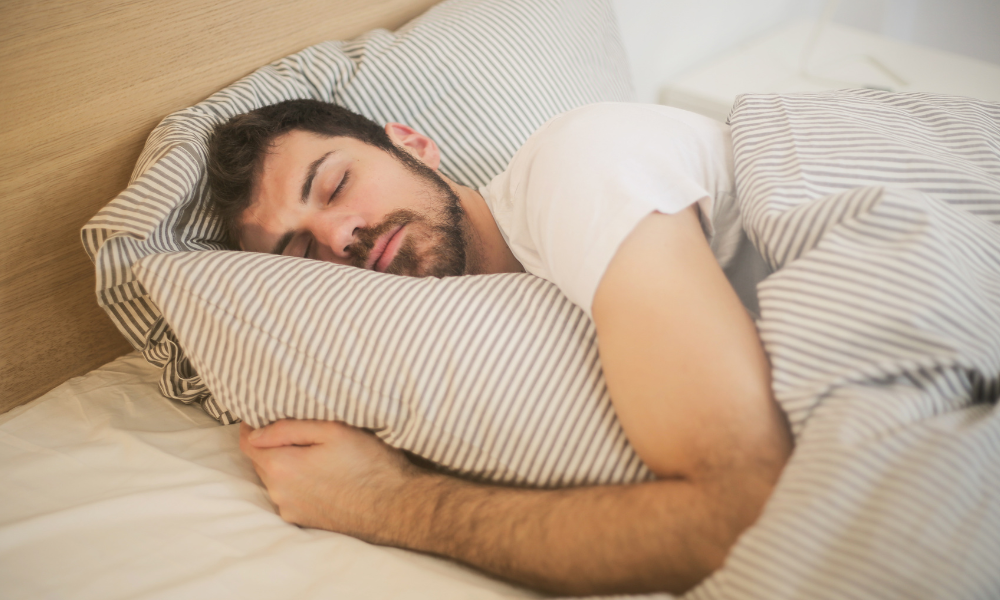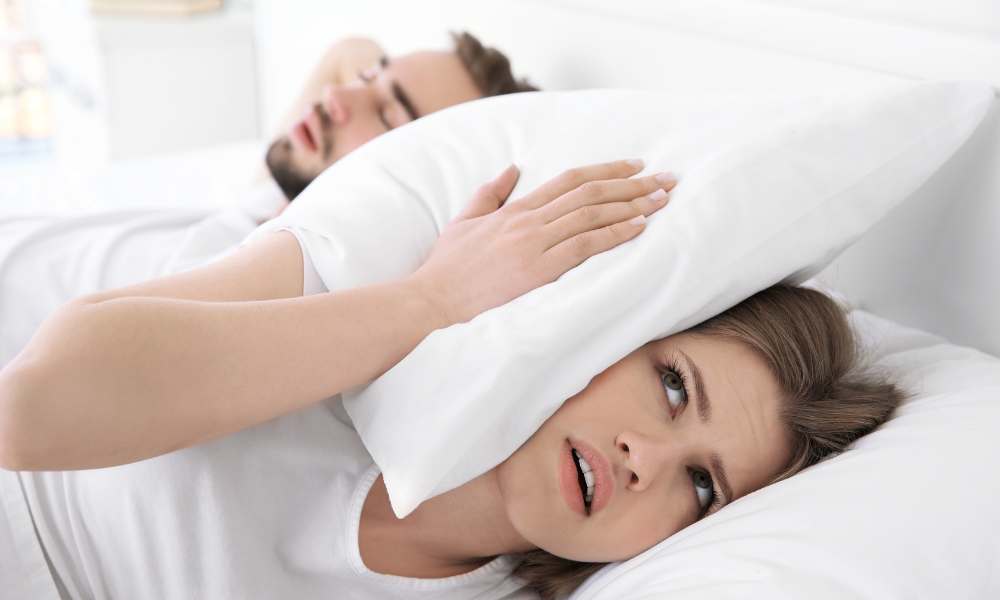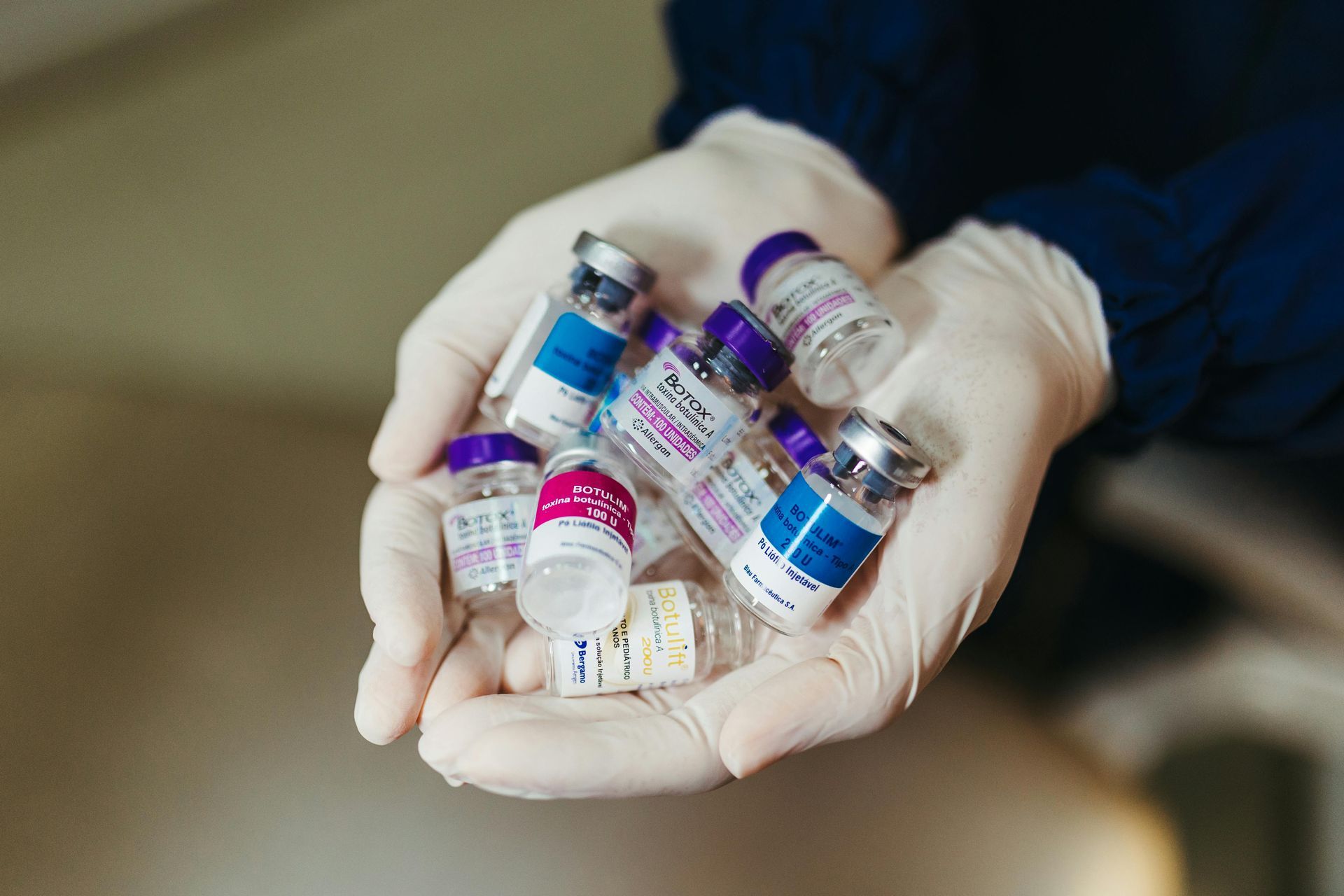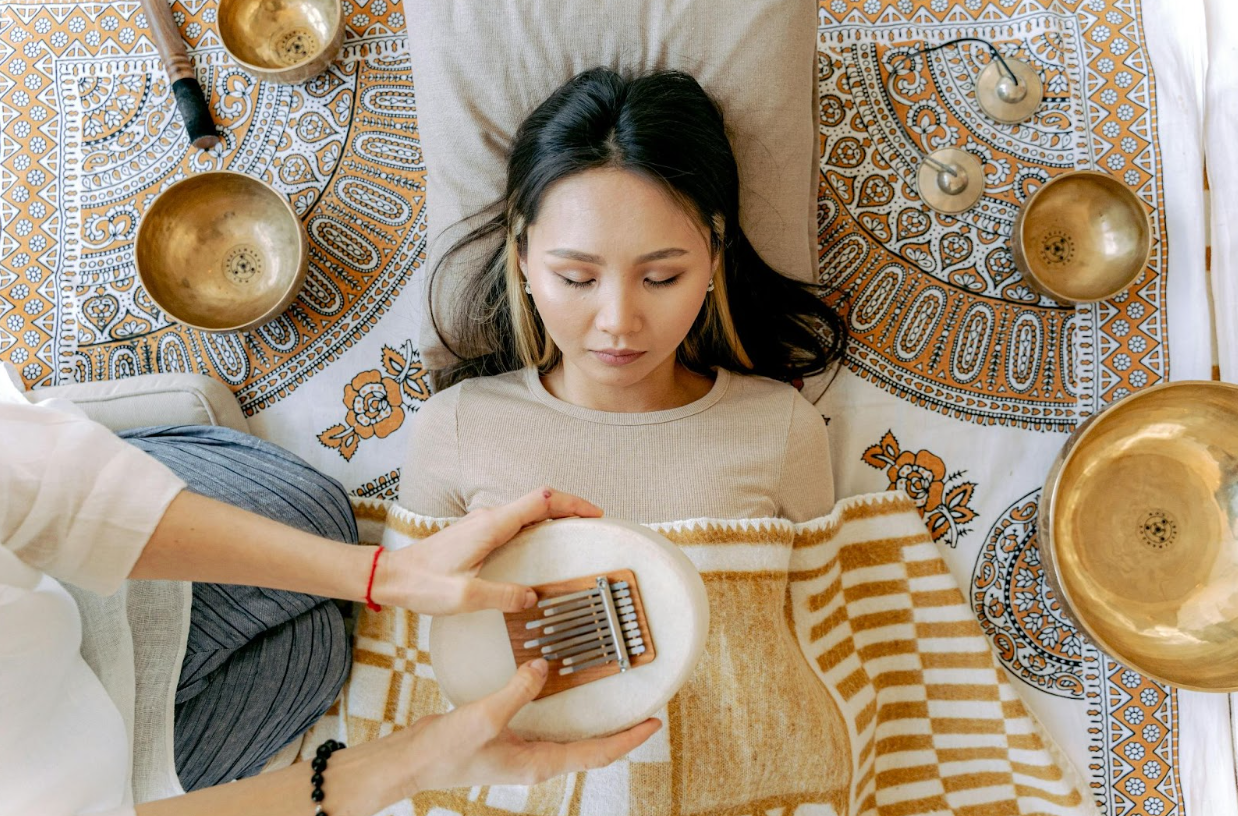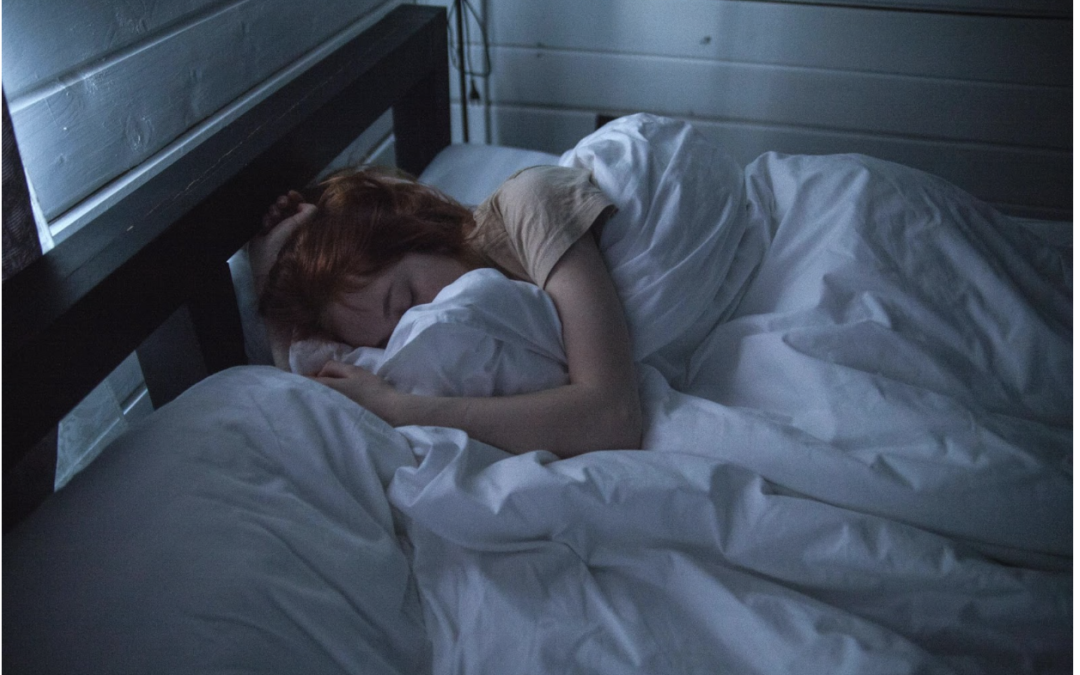Inspire Therapy: Is It Right for You?
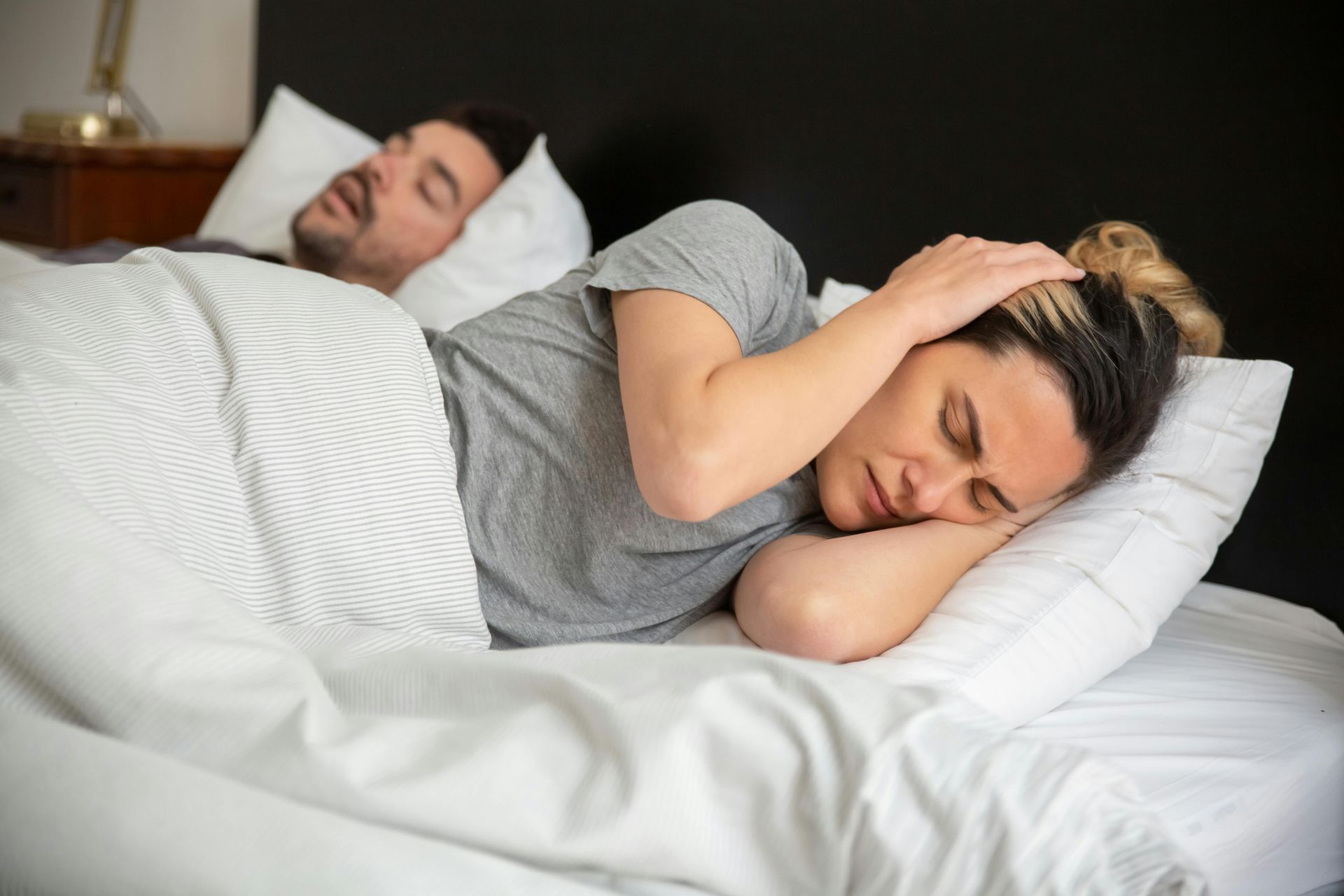
Hypoglossal nerve stimulation therapy—commonly known as Inspire Therapy—is an FDA-approved, surgically implanted device for obstructive sleep apnea (OSA)that monitors your breath and stimulates your airway muscles during sleep.
How It Works
The Inspire therapy works by stimulating the hypoglossal nerve, which innervates the movement of your tongue and airway muscles. This mild stimulation causes your tongue and airway muscles to move out of the way, ensuring a patent airway during sleep.
Inspire requires the patient to undergo a surgical procedure. The procedure involves two small incisions under the skin: one in the upper right chest and another under the chin at the location of the hypoglossal nerve. Through these incisions, the surgeon implants a small nerve stimulator and battery pack. One electronic lead connects the device to the hypoglossal nerve, while the other lead is connected to a space in the ribs close to the diaphragm. Once connected, the patient’s breathing patterns are monitored. During sleep, it delivers signals to the tongue with each breath to help keep the airway open and allow for proper oxygen flow.
The Inspire therapy system consists of 3 components: the implant, a handheld remote, and a software application. The implant is surgically placed in the upper chest. Patients use the small remote control to turn on the device before bed and turn it off upon waking up, as well as to adjust the level of stimulation. To help track sleep goals and share data seamlessly with the care team, patients can also use the Inspire software application.
Who is a Good Candidate for Inspire?
- Age 18 or older
- Body Mass Index (BMI) of less than 35
- Diagnosed with moderate to severe OSA
- CPAP-intolerant and/or unable to get consistent benefit from CPAP
Where to get Inspire Therapy?
1. Sleep Surgeons and ENT Specialists
Inspire is typically performed by ENT surgeons trained specifically in hypoglossal nerve stimulation implantation. In some cases, sleep medicine-trained neurosurgeons may also perform the procedure.
2. Major Hospital Systems and Sleep Medicine Centers
Many large hospital centers and accredited sleep centers offer comprehensive evaluation and surgical implantation of the Inspire device.
3. Inspire’s “Find a Doctor” Tool
Patients can also use the “Find a Doctor” tool on Inspire’s official website (https://www.inspiresleep.com/en-us/find-a-doctor/) to locate an Inspire-trained doctor in their area by entering their ZIP code or state.
Pros
Inspire Therapy is an effective option for suitable candidates and has emerged as an alternative to CPAP by offering a fully internal solution—no masks, hoses, or noisy machines. This makes it more comfortable and helps improve patient compliance compared to CPAP. The device is also easy to use: once implanted, patients only need a handheld remote to turn Inspire on before sleep and off upon waking. Additionally, Inspire therapy can be customized, allowing the patient or doctor to modify the stimulation levels according to individual needs.
Studies have demonstrated that Inspire therapy reduces the severity of sleep apnea by an average of 79%, while also significantly decreasing symptoms like snoring and daytime sleepiness.
A 2022 study by Baptista et al. found that for patients with moderate to severe obstructive sleep apnea (OSA) who cannot tolerate or opt out of CPAP therapy, hypoglossal nerve stimulation (HNS) using the Inspire device significantly improves quality of life. However, those unable to access the device continue to experience a reduced quality of life.
Cons
While Inspire Therapy presents as a promising alternative for treating moderate to severe obstructive sleep apnea (OSA), one must understand that it is not recommended for everyone. Patients must meet specific criteria to qualify and be willing to undergo a surgical procedure under general anesthesia.
Inspire Therapy requires a post-operative activation and titration period. Post-surgical healing period takes about 30 days, during which the device remains off to allow proper healing of the internal components and incision sites. After this healing period, the patient has to return to the surgeon for device activation. Using a handheld remote, the surgeon sets initial stimulation parameters for the device. The patient, on the other hand, is instructed on how to use the remote. Over the following weeks or months, a titration period is necessary to find the optimal stimulation setting that best helps the patient in terms of minimizing airway collapse during sleep.
While Inspire Sleep Therapy is generally regarded as a safe and effective alternative to CPAP, it does come with certain disadvantages. In one clinical trial, up to 40% of participants using Inspire reported discomfort while using the device. Additionally, a 2020 database review by Bestourous et al. found that approximately 42% of users required a second surgery to either reposition or remove the device. Other potential risks of Inspire Sleep Therapy include infection and nerve damage.
Non-Invasive Alternatives
Although Inspire has gained attention as a promising option for CPAP-intolerant patients with moderate to severe OSA, it is important to take into consideration that Inspire is not the only alternative to CPAP. Despite its effectiveness, Inspire is invasive, relatively costly, and not universally accessible, limiting its availability to some patients.
There are more conservative non-surgical treatment options that can effectively improve sleep apnea, such as oral appliance therapy and even as simple as lifestyle modifications. Oral appliance devices work by repositioning the lower jaw to keep the airway open during sleep. It is often preferred by patients who have difficulty using CPAP machines or who wish to avoid invasive procedures. They are also portable, less expensive, and generally well-tolerated, making them a popular option for many. In addition, lifestyle modifications are another key approach in managing OSA. Although these lifestyle changes require long-term effort and motivation, they address underlying risk factors and improve overall health, offering broad benefits that extend beyond just sleep apnea relief.
REFERENCES:
1. Baptista, P., Di Frisco, I. M., Urrestarazu, E., Alcalde, J., Alegre, M., Sanchez, I., O’Connor-Reina, C., & Plaza, G. (2022). Quality of Life Impact of Hypoglossal Nerve Stimulation with Inspire® Device in Patients with Obstructive Sleep Apnea Intolerant to Continuous Positive Airway Pressure Therapy.
Life,
12(11), 1737.
https://doi.org/10.3390/life12111737
2. Bestourous, D. E., Pasick, L. J., Benito, D. A., & Zapanta, P. E. (2020). Adverse events associated with the Inspire implantable hypoglossal nerve stimulator: A MAUDE database review.
American Journal of Otolaryngology, 41(6), 102616. https://doi.org/10.1016/j.amjoto.2020.102616
3. Bongo Rx. (n.d.).
Inspire sleep apnea device: Treatment overview. Bongo Rx. Retrieved from
https://bongorx.com/inspire-sleep-apnea-device-advantages-and-disadvantages/
4. Inspire Sleep. (n.d.).
How Inspire therapy works. Inspire Sleep. Retrieved from https://www.inspiresleep.com/en-us/how-inspire-therapy-works/
5. South Shore Health. (n.d.).
Inspire therapy: Treatment for obstructive sleep apnea. South Shore Health. Retrieved from https://www.southshorehealth.org/services-care/neurology/sleep-medicine/inspire-therapy-treatment-obstructive-sleep-apnea
6. Strollo PJ Jr, Soose RJ, Maurer JT, et al. Upper-airway stimulation for obstructive sleep apnea. N Engl J Med. 2014;370(2):139–49.
https://doi.org/10.1056/NEJMoa1308659.
7. The University of Kansas Health System. (n.d.).
Inspire therapy. The University of Kansas Health System. Retrieved from https://www.kansashealthsystem.com/care/treatments/sleep-apnea-surgery/inspire-therapy
8. Verywell Health. (2018, October 17).
Sleep apnea treatment costs: Inspire therapy, CPAP machines, and more. Verywell Health. https://www.verywellhealth.com/how-much-do-different-sleep-apnea-treatments-cost-4177858

